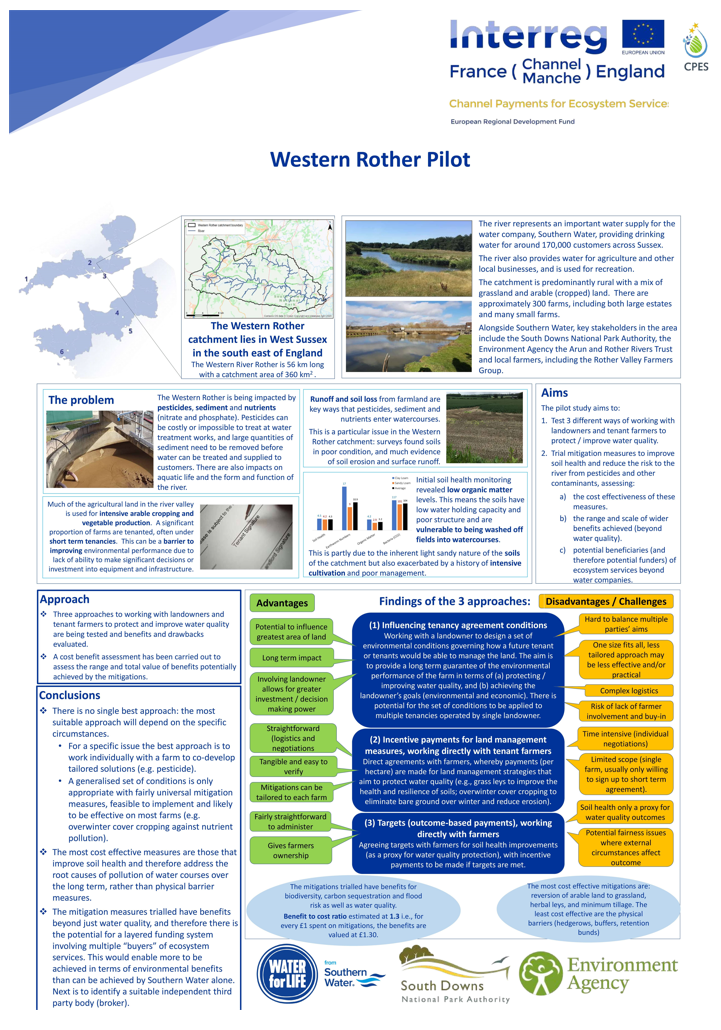Southern Water provides drinking water to 2.5 million people and treats the wastewater of 4.6 million people in the South East of England. Most of the region is officially classed as seriously ‘water-stressed’, which means that at times the demand for water can be higher than the amount available. Across this area, 70% of the water abstracted comes from underground sources (aquifers), 23% from rivers and 7% from storage reservoirs. The sources in the Western Rother provide water to about 155,000 people. The quality of the water we abstract from the Western Rother is affected by diffuse pollution including sediment, nutrients (nitrate and phosphate) and pesticides.
The drinking water sources in the Western Rother sit within the North Sussex water resource zone (one of 14 across Southern Water’s supply region). This zone takes 35% water from groundwater, 51% from rivers, 8% from reservoirs and 6% from transfers (from Portsmouth Water). These different sources enable us to maintain supplies and ‘blend’ to meet water quality standards. Our water treatment works at Hardham is one of strategic importance to Southern Water. The works is located at the bottom end of the Western Rother near its confluence with the river Arun. Southern Water has one surface water abstraction at Hardham and 5 groundwater abstractions licenced for approximately 5 million litres of water per day.

Water quality in the Western Rother is currently affected by diffuse pollution from rural and urban sources. In the 2016 cycle 2 assessment of Water Framework Directive compliance, 10 of the 11 surface waterbodies were assessed as moderate and 1 as poor ecological status. All waterbodies achieved good chemical status. The key elements responsible for not achieving good status were poor populations of fish and aquatic plants and high levels of phosphates; the reasons for not achieving good status were attributed to agriculture and land management and impacts of the Water Industry.
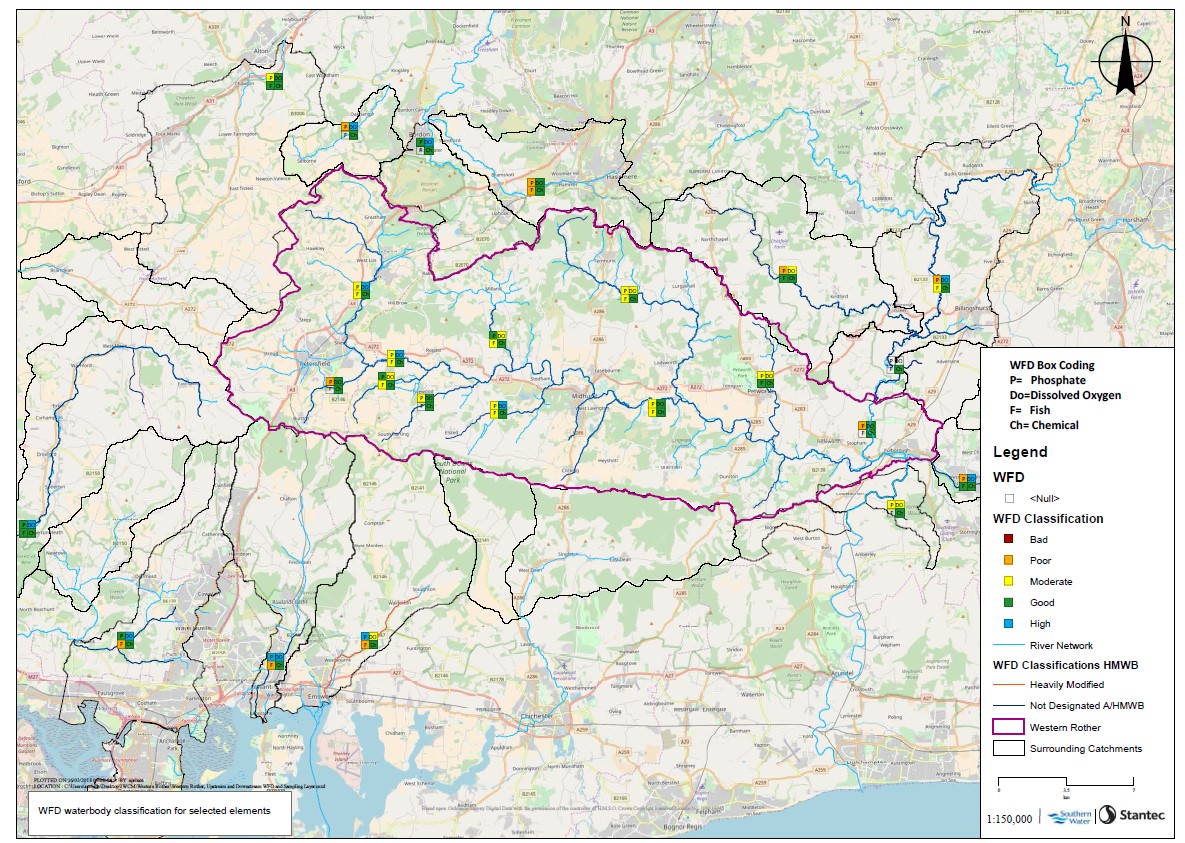
The water treatment works at Hardham currently includes treatment processes to remove suspended sediments and other pollutants such as pesticides in order to meet drinking water quality standards. Metaldehyde (a pesticide used to treat slugs and snails) is highly soluble in water, and although harmless to public health, conventional water treatment processes cannot remove it. To address rising metaldehyde levels, Southern Water is currently working with farmers in the Western Rother catchment to switch to a product (Ferric Phosphate) which is much less water soluble.
Southern Water are also planning a programme of work to better understand the risks to our raw (untreated) drinking water from rural and urban sources. We are using a variety of methods (water quality monitoring, desktop studies, remote sensing and catchment walkovers) to identify and prioritise risks and actions to take so that we can deliver a more resilient service to our customers and deliver wider benefits for the environment and local communities.
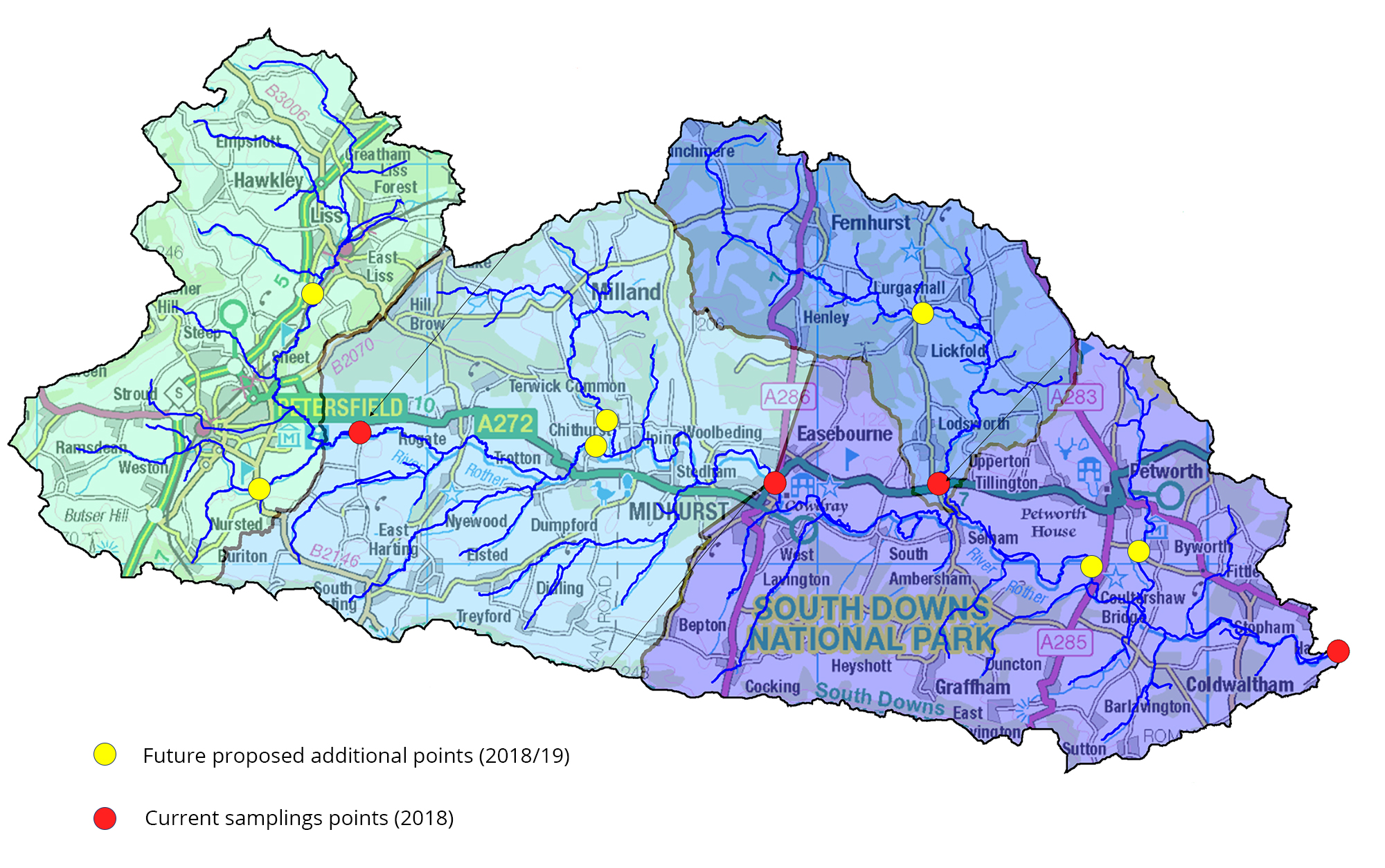
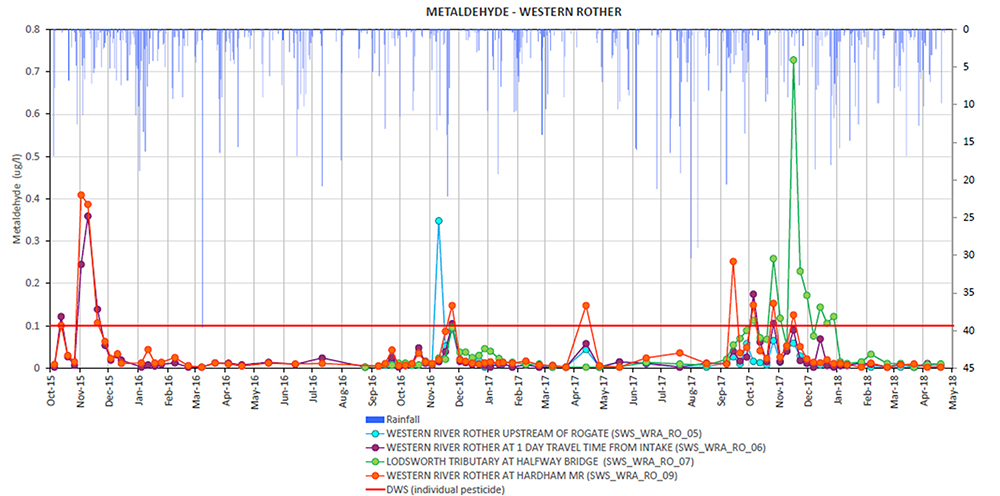
The Western Rother catchment is characterised by its soils and the underlying geology of the area - chalk scarp at the southern and western edges of the catchment and a greensand ridge to the north, the majority of the catchment runs across sandstone and mudstone. This band of sandy soils running either side of the river is highly productive and supports high value crops such as potatoes, salads, maize and winter cereals (which are crops vulnerable to erosion).
Soil erosion within the catchment can be observed during periods of high rainfall (muddy floods). The Hardham river abstraction point is located upstream of a gauging weir and sediment accumulates here, forming an island. During periods of low flows this can make it difficult to abstract water from the river. However it must be noted that water quality problems in the Western Rother are not a recent issue; looking back at the historical record: “1700’s Lord Egremont (Petworth Park) warned locals not to drink from the river due to high levels of suspended sediment”.
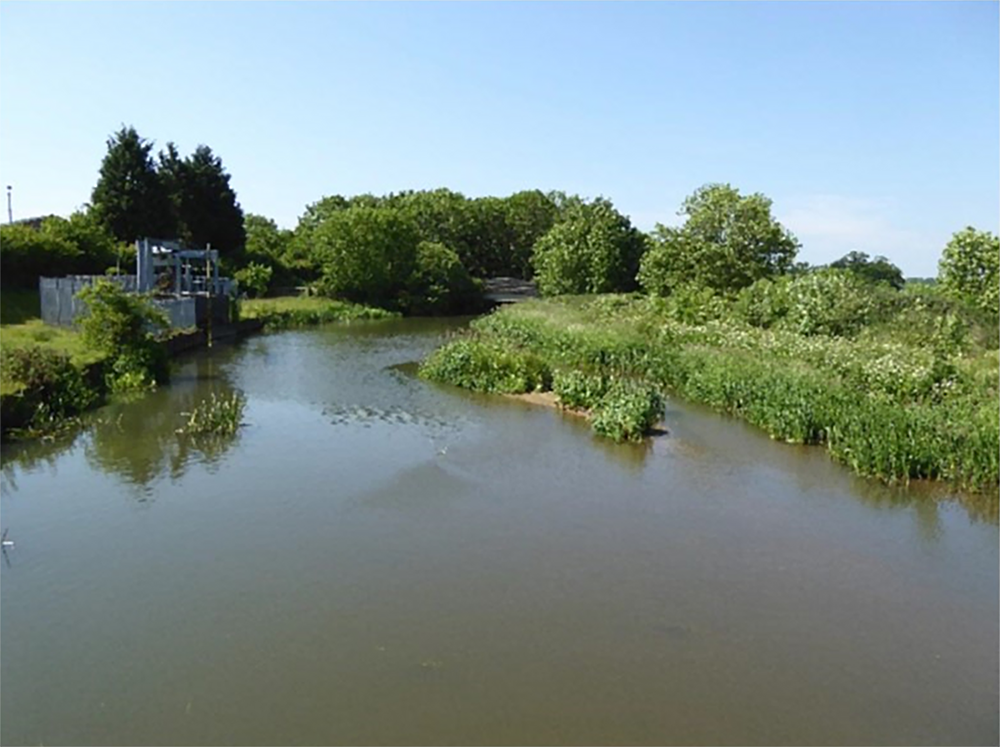
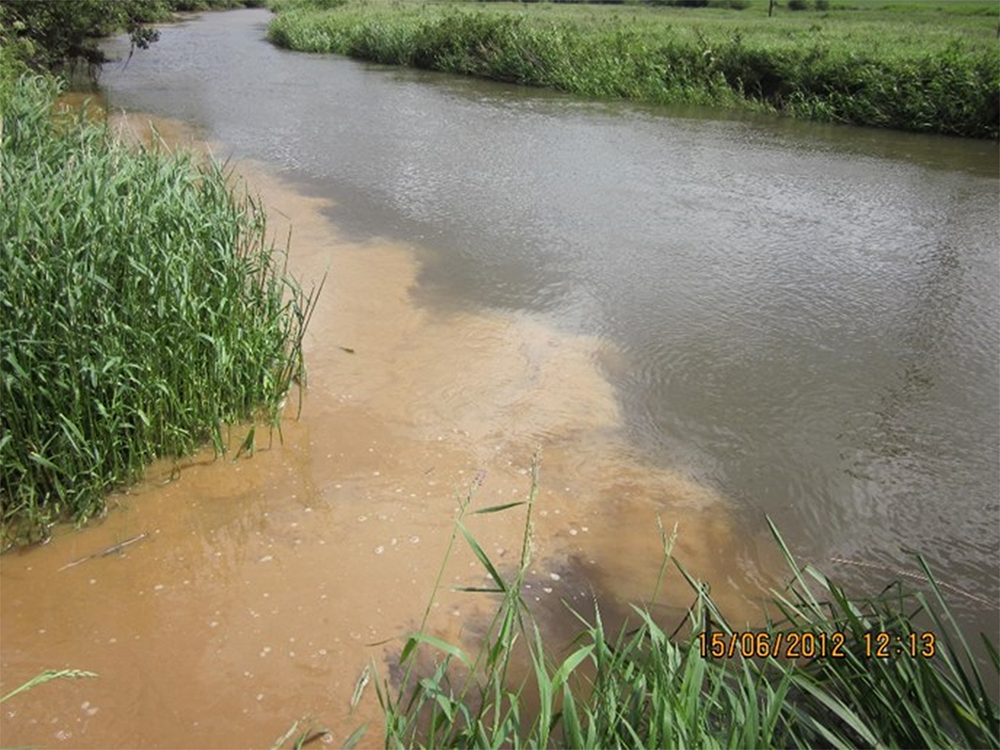
Two research projects have recently studied the sediment issues within the Rother catchment; The SMART project (Sediment Mitigation Actions for the River Rother[1]) looked at sediment sources and pathways into the river. The ASTAR project (Accounting for Sediment Transfer on the River Rother[2]) looked at the sediment sources within and transport along the main river channel.
All of the water quality issues within the Western Rother catchment are inter-linked and connected to local geology, soil health and land management. Southern Water are working with farmers in the catchment to start to explore some of these issues through the Rother Valley Farmers Group. This group of 30+ farmers have signed up to work together to share best practice and learning in order to improve water and soil quality. We have agreed to share evidence to build a shared picture of current catchment issues and to co-design solutions that work for all.
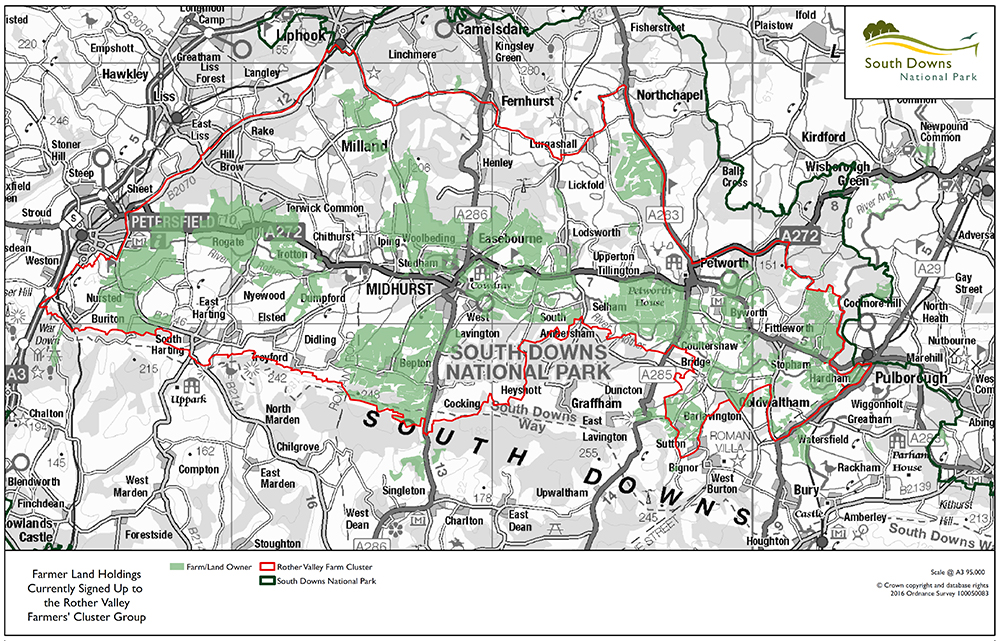
[1] Environmental Change Institute, University of Oxford and Department of Environmental and Geographical Sciences, University of Northampton
[2] University of Portsmouth



